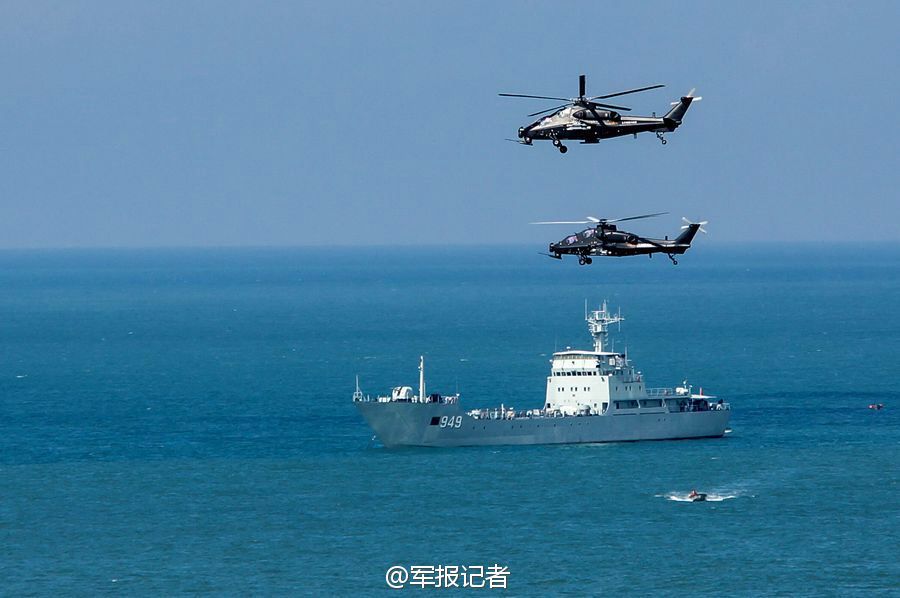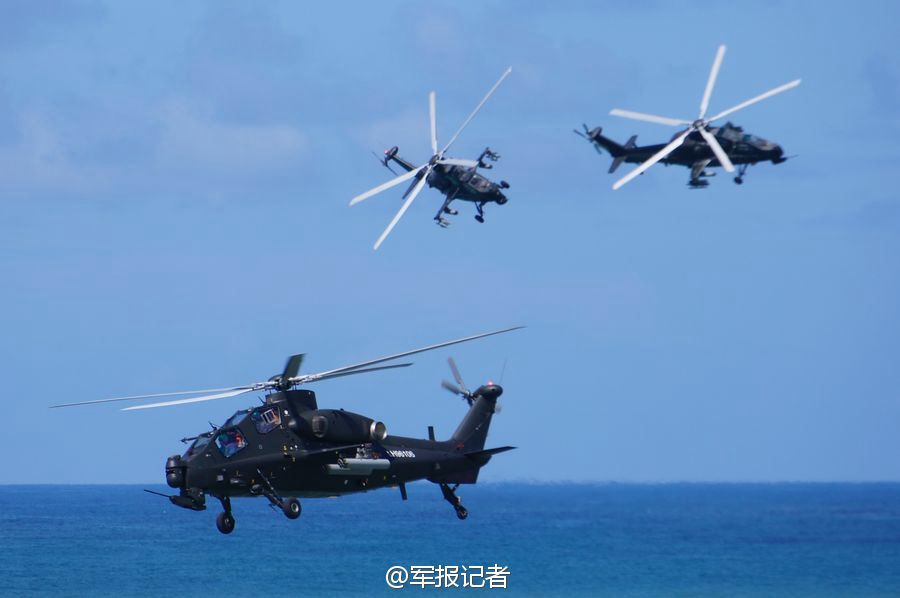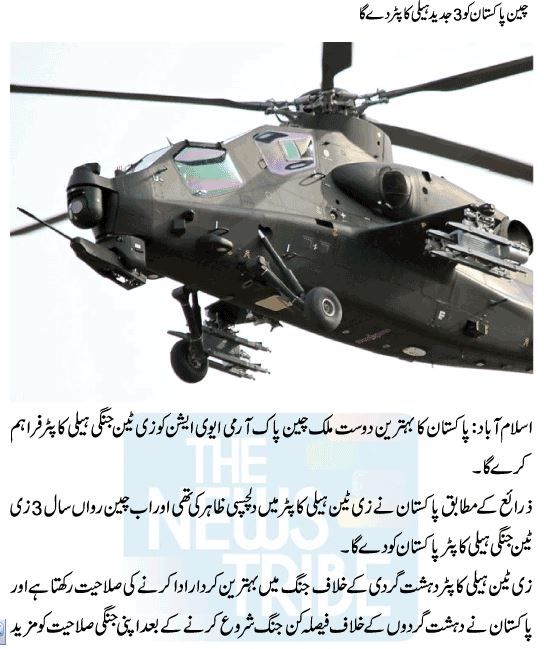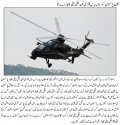Autorotation requires professional handling. If the helicopter is hit by a MANPAD or a salvo and destroyes tailrotor or rips of the tail, especially the tail section which gives the helicopter a stream lined body, the airfram loses the airfoil that is stabilizing the helicopter in forward flight, meaning that the torque from the main rotor overcomes the remaining air. In this case if the pilot does not manage to unload the disc and the torque it will start to spin. I am not a pilot but in a such threatening and frightening situation after an impact i would bet that most people will be in shock before they actually realize what happened and how to handle such situations. This is very often visible in mast bumping accidents when even experienced pilots with above average flight hours were reacting wrong or to slow.
Autorotation is a difficult procedure under combat conditions and the loss of rotor blades (especially more than one) will lead to almost unhandable to impossible to handle situations. Lets take AH-1Z for instace, a rotor with 4 rotor blades, when it losses one rotor blade it theoratically still could produce enough drag to keep the RPM high and autorotate, but that is already a situation that puts alot of complications. An asymetrical rotor disc, creates vibrations which effect the entire rotorhead and the angle of attack of the rotor blades is not constant in the favored angle, which will have an effect on the RPM which is the critical factor a pilot must maintain on the way down to succesfully performe an autorotation. If the AH-1Z losses two rotor blades it will be already impossible to sustain the rpm and it is even highly unlikely that he will maintain a controlled sinking/falling and the helicopter in a horizontal way. Making some autorotating Paperwork is far different from an actual aircraft that weights some several tones and not just the rotor blades themselfs, which i also did when i was small.
I fully agree with you that autorotation has many associated risks in combat and non-ideal situations. I was simply commenting that the autorotation process does not need a tail-rotor, and that missing or chewed up blades will not automatically mean a death-sentence.
I guess another reason many of the western and Chinese designs did not have the ejection seats, and more so wrt the Chinese design, is the size of the cockpit, and that the designers had to work within very tight weight restrictions. Just look how tight the Z-10 cockpit is. The smaller the cockpit, the less armour is needed to protect it, and thus reduces the weight, with weight being the chief issue for Z-10, with its underpowered engines.
As you have said too, ejection systems are nice to have insurance policies, and if a pilot can autorotate, he will do so as the first choice. If the Z-10 is envisioned to be mainly flying just above tree-tops, and hiding behind trees and hill tops, then its crush structure may already offer enough to save the lives of the pilots in the event of a crash from these heights. So the cost involved in having a design incorporating ejection seats---larger cockpit, more weight, reliable explosive bolts etc etc---may not be judged to be justifiable for a not too significant increase in the percentages of pilot survivability in their risk analysis.




